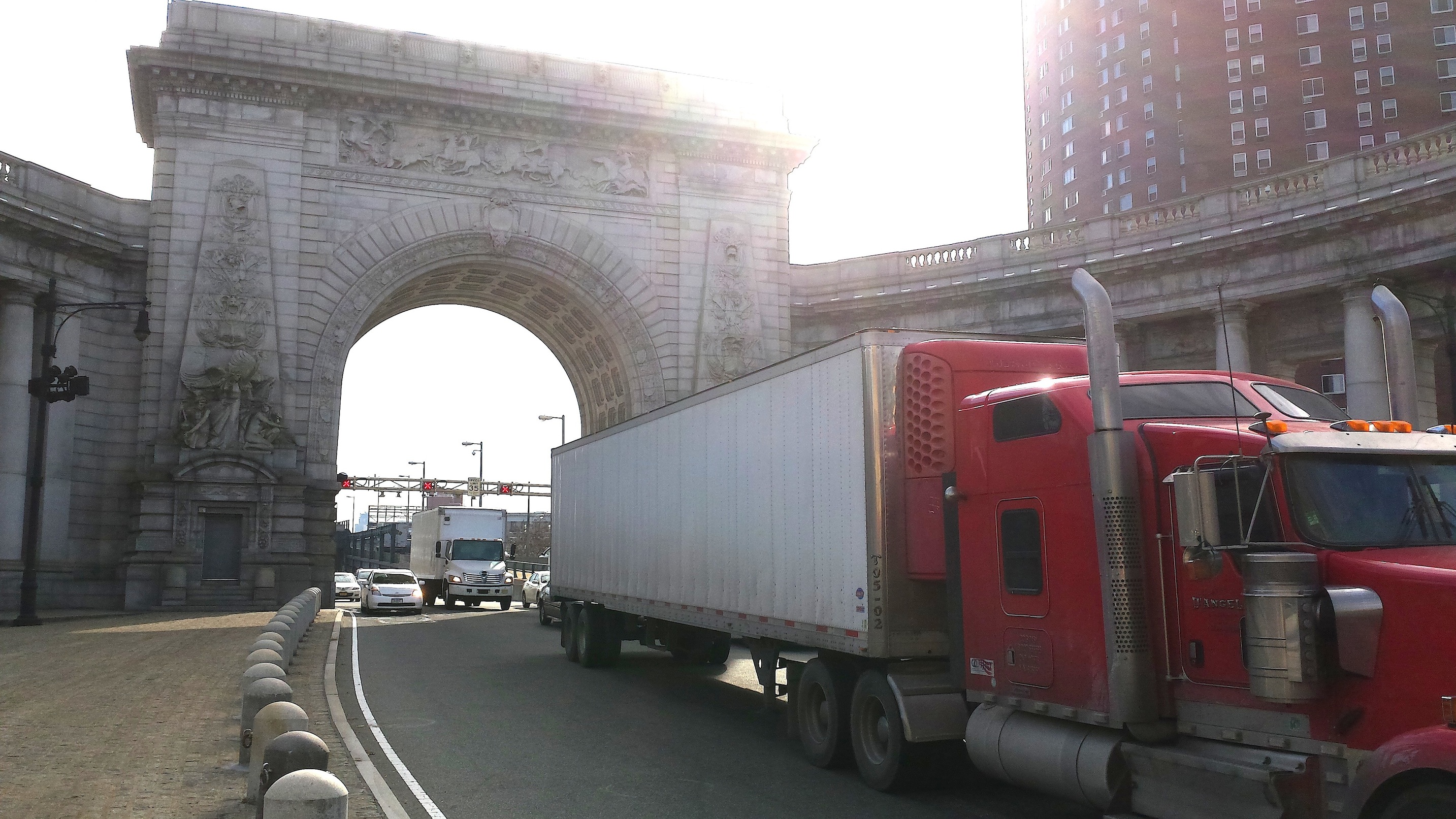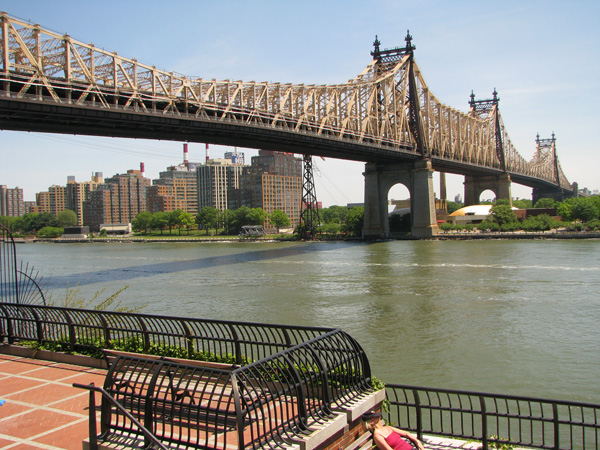
BY PAUL LIOTTA | New bridge and congestion-pricing tolls would help raise money for the region’s transportation needs, one leading advocacy group says.
Move NY, the organization behind the idea, has proposed an $8 toll, or $5.54 with E-ZPass, at all four East River crossings. The same toll would apply to all Manhattan streets that cross 60th St., including the West Side Highway and F.D.R. Drive.
The new tolls would apply — to drivers going in either direction — on the Ed Koch, Brooklyn, Manhattan, Queensboro and Williamsburg bridges.
The group unveiled its transportation master plan on Tuesday.
According to the Move NY proposal, the plan would generate $1.5 billion in new revenue annually, with $375 million of that going to roads and bridges and the rest going to transit as a whole.
Alex Matthiessen, the campaign director for Move NY, said the plan can help deal with a wide range of transit difficulties.
“There are a number of serious transit issues that have vexed New York for decades,” Matthiessen said. “This plan addresses those problems and does it in a way that maximizes fairness.”
At the same time, the plan would cut tolls down in the outer boroughs. The one-way toll on the Verrazano Bridge, for example, would be lowered by $5. Tolls at the Whitestone and Throgs Neck bridges would be lowered by $2.50. Tolls on the Henry Hudson, Cross Bay and Marine Parkway bridges would be cut by $1.
A new surcharge for taxis and other car services below 96th St., along with a removal of parking tax exemptions for people who live in Manhattan, are also included in the proposal.
The plan is very similar to a 2008 proposal by former Mayor Michael Bloomberg. But Move NY, says its plan does more to make a fairer transit system for all New Yorkers — as seen in the reduction on outer-borough bridge tolls.
Move NY was formed in 2010 in response to what its members call “the growing crisis facing the city’s transportation system.”
The group’s Web site says it includes “a growing and diverse coalition of stakeholders representing regional business associations, trade unions, clergy, civic leaders, transportation and environmental advocates and good-governance organizations.”
Move NY’s centerpiece is its master transportation plan — developed by traffic consultant “Gridlock” Sam Schwartz and the Move NY team.
Over all, the group says, the Move NY Fair Plan would bring toll equity to the region’s commuters and businesses, and reduce the grinding traffic jams that plague the metro region, its people and its economy.
However, city and state officials obviously must first be brought onboard the plan for it to get any traction.
On Tuesday, The New York Times reported that a spokesman for Carl Heastie, the new state Assembly speaker, said in a statement: “We will review the plan with our members. In the past, the speaker has not supported tolls on East River bridges.”
Wiley Norvell, a spokesman for Mayor Bill de Blasio, said in a statement: “We’ll review the plan, as will everyone who shares concern about seeing the M.T.A.’s capital plan funded and transit fares kept affordable.”
Governor Andrew Cuomo’s office did not respond to requests for comment.
Locally, in November, a Community Board 3 proposed resolution calling on the area’s elected officials to study the Move NY plan for East River bridge tolls hit a roadblock when the board nixed it.
Back then, some C.B. 3 members warned that tolling the East River bridges would reduce the number of shoppers driving into the Lower East Side from other boroughs and would put a damper on already-struggling local businesses. Others contended that the tolls would negatively impact low-income residents who do a fair amount of driving back and forth on the bridges.
After the board’s November vote to scrap the resolution, C.B. 3 Chairperson Gigi Li told The Villager, “The issue is dead. At this point, C.B. 3 is taking no position on it. If board members want to take the issue up again in a different form it can be discussed.”
Jonathan Matz, a representative of Move NY who responded to some Board 3 members’ questions at the November meeting, disappointed by the board’s action, said he was perplexed by the position of C.B. 3.
“I’ve spoken to about 20 community boards across the city and I’ve gotten plenty of support from them,” he told The Villager. “I just don’t know about this board. Maybe they’ll change their mind over the next few months and I’ll have another opportunity to come back.”


















